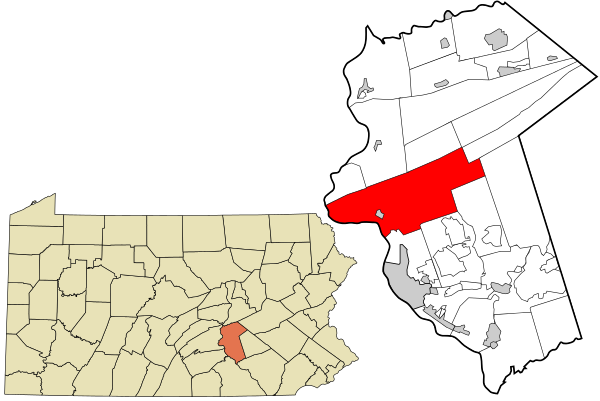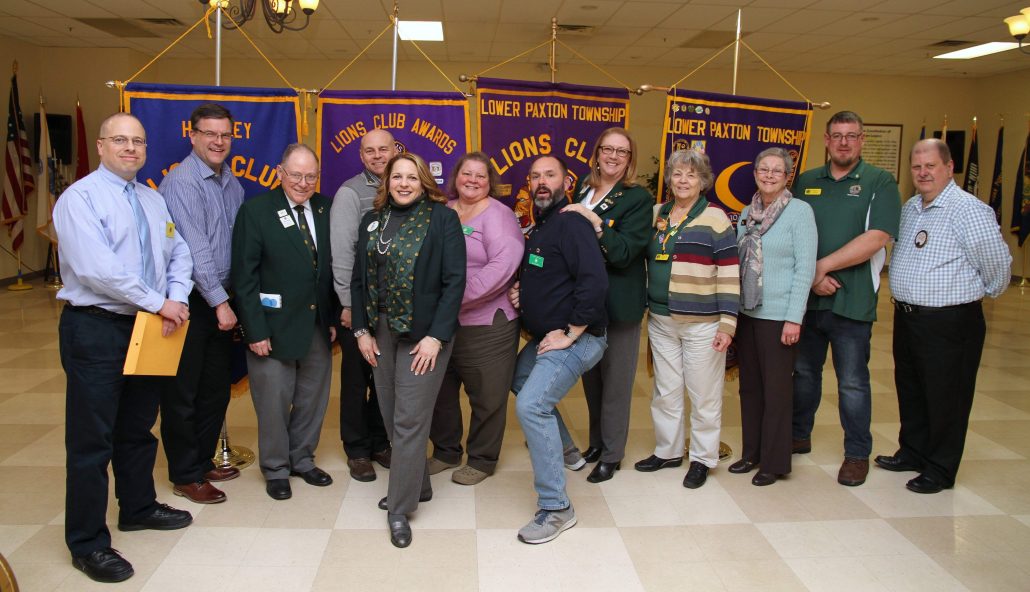

Paxton Township is well represented in the early history of our country. The Township's other two villages, Paxtonia and Colonial Park, were developed in the 20th Century. Thomas." After its founder, Thomas Lingle, died in 1811 the name was unofficially changed to Linglestown, as it is known today. The oldest established village was created in 1765, and named "The Town of St. They established several farms and settlements throughout the area which eventually developed into the township's three villages. Settling within the township during its colonial period were many German and Scotch-Irish immigrants. In 1878 more land was cut of the north and became Middle Paxton Township and in 1815 Susquehanna Township was formed. Harrisburg Borough (now the City of Harrisburg) was formed in 1791 and Swatara Township was created in 1799. What remained in 1767 was then renamed Lower Paxton Township. Hanover Township was cut off the east in 1736 and Upper Paxton Township was cut off the north in 1767. In the years after Dauphin County was established, the township was slowly divided. Organized long before the City of Harrisburg, it was at that time about the size of Dauphin County. Paxton Township was created in 1729 within Lancaster County. This Indian derivation would roughly translate "Place-where-the-water-stands-still." Creation "Peshtank" became "Paxtang" and finally "Paxton." John Harris, in fact, wrote his letters from "Paxtang" or "Paxton," not Harrisburg. The second theory is that "Paxton" is a derivation of the Indian name "Peshtank" which was originally given to the area by its Indian settlers, the Susquehannocks.

Possibly the name comes from the Latin "pax" meaning "peace." With the addition of "ton," Scottish for "town," the liberal translation can be "Peace Town."

The first theory is that it may have been brought here from Scotland by the Scottish Presbyterian settlers who settled in the upper area of what was then Lancaster County. The name "Paxton" has a long history in Pennsylvania and there are two theories about its origin.


 0 kommentar(er)
0 kommentar(er)
